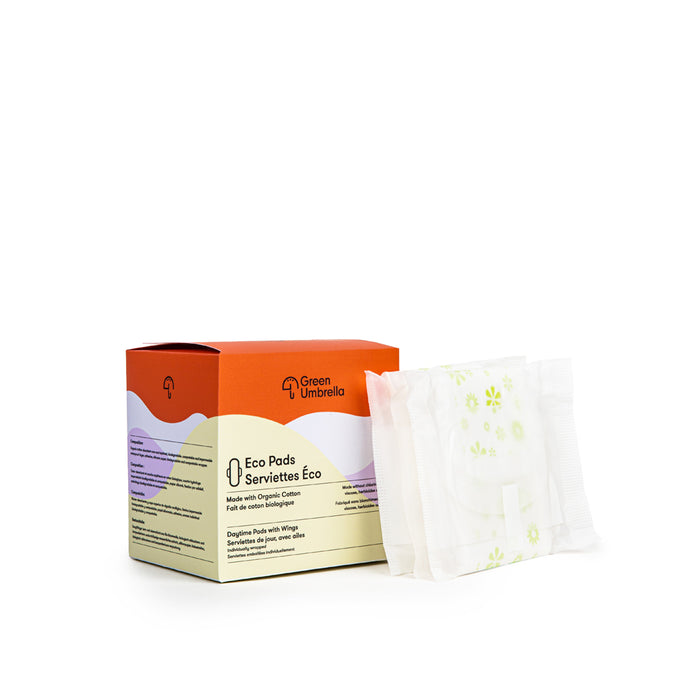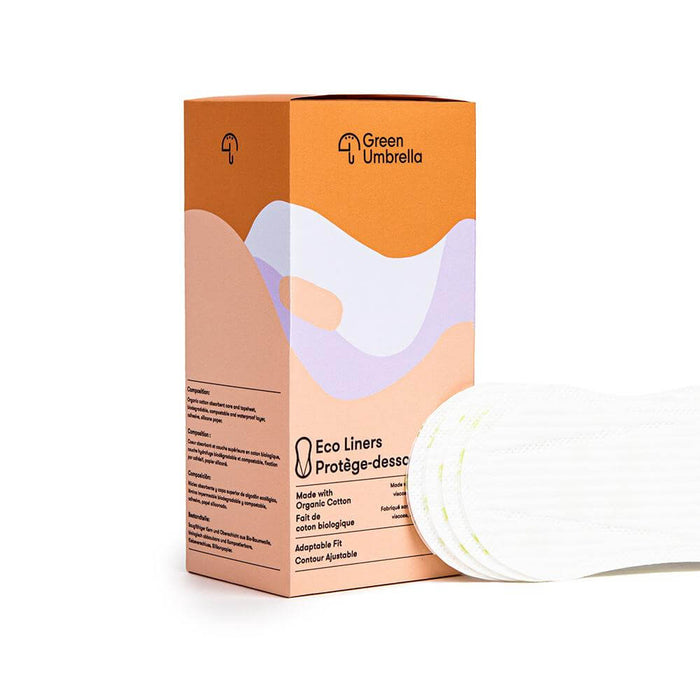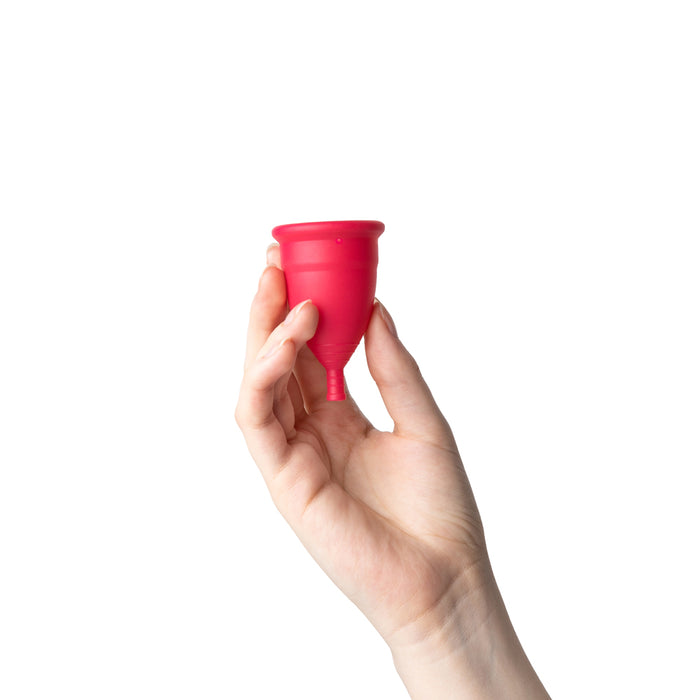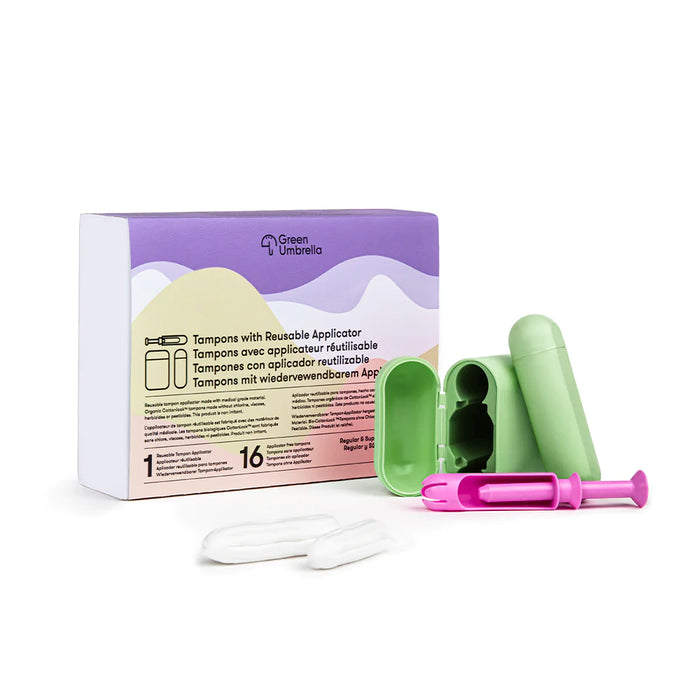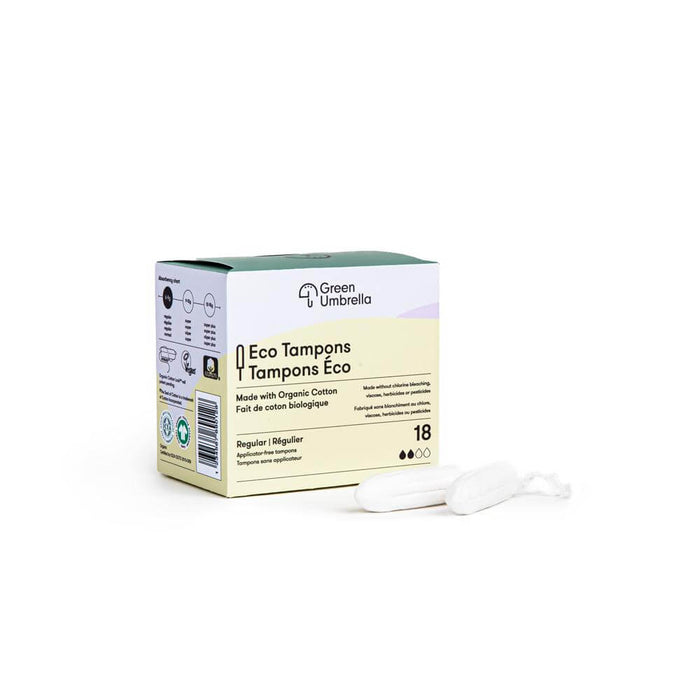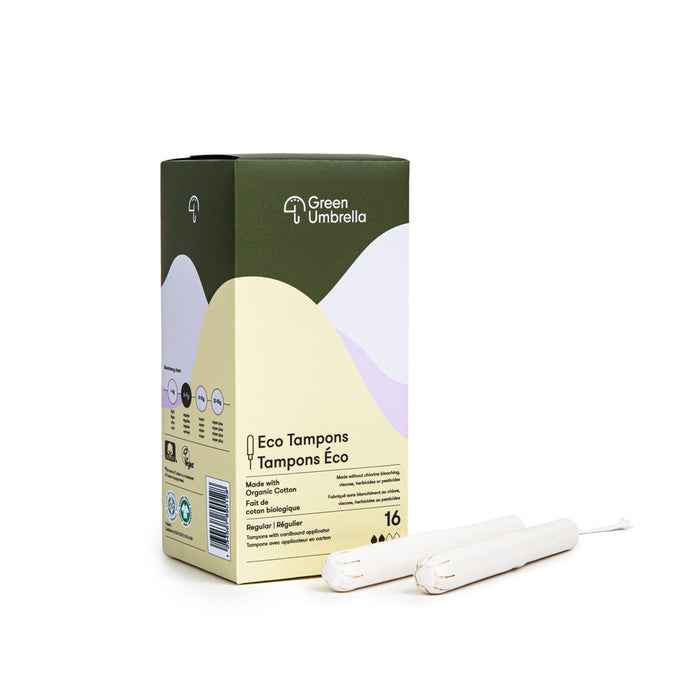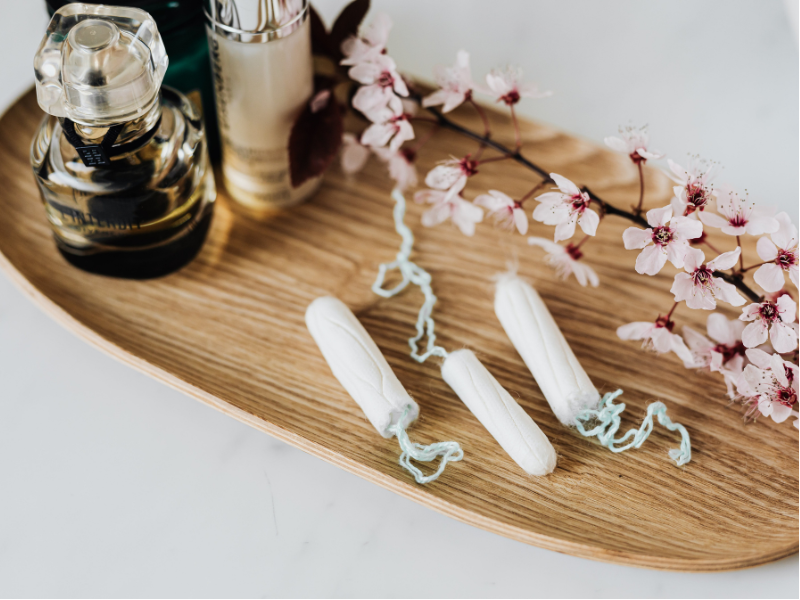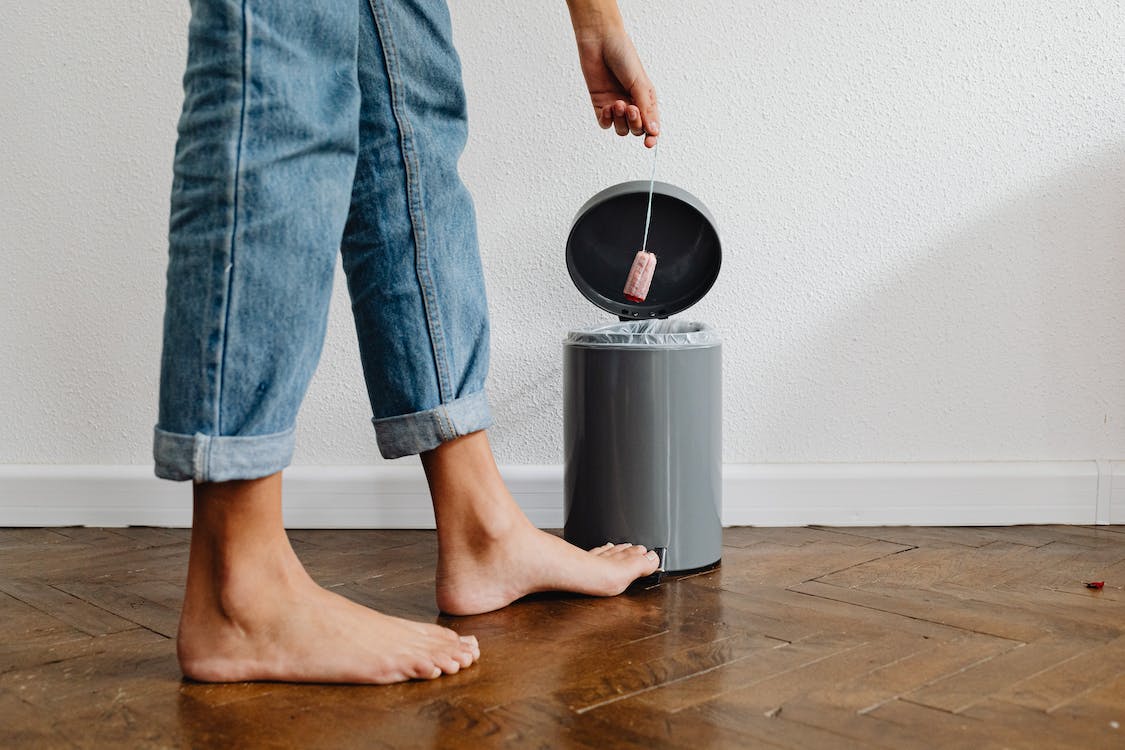Societal discourse on social and environmental qualms may lead us to believe these realms are separate. However, they’re intimately connected, like terrestrial and marine ecosystems: the health of one depends on the other. Likewise, when one system degenerates, the other one suffers. Conclusively, our solutions simultaneously need to solve issues facing both people and the planet. Period poverty is an intersectional problem that requires this type of resolution, and the insights and recommendations below will shed light on this flourishing fact.
What is Period Poverty?
Period poverty is defined by Feminism in India as “the struggle that many menstruators face while trying to afford menstrual products as a result of economic vulnerability, lack of awareness, and poor hygiene standards.” As over 800 million people have their period on any given day on this planet, this is a hardship known to too many of us.
Period poverty doesn’t happen independent of other hardships, however. There’s often a direct intersection with poverty, gender, geography, and so on. Individuals whose identities overlap with a number of marginalized classes will face greater threats of injustices like period poverty. Marginalization is systemic and structural in nature, so, most of the time, people dealing with this do not have the resources to solely get themselves out of these circumstances.

Switching it Up
As more eco-friendly options for menstruation arise, there’s increasing pressure for citizens to adopt products that will be better for their bodies and the environment. This includes organic, non-synthetic and reusable items, which fit this bill but are more pricey. Cost barriers result in individuals relying on single-use plastics or other unsafe and unsanitary materials, which connects bodily and ecological environmental health. For example, in areas of rural India, people have utilized rags, hay, sand and ash as alternatives to safer but more expensive options.

Addressing period poverty can and needs to be achieved by understanding human and ecological health in tandem. For one, as plastic tampon applicators colour the shorelines of the world, national plastic action plans have the opportunity to reduce single-use plastics and associated pollution while also lowering menstrual poverty and exposure to hazardous materials. This includes creating equitable access to organic and reusable period products, which can come in the form of government subsidies paying for free menstrual hygiene products in public facilities, educational institutions, schools, food banks, and other donation facilities. Governments can also directly subsidize companies producing organic, natural and reusable period products to make them more affordable to a greater array of people. For folks who are literate on this topic and can afford it, we can also vote with our dollar to help shift the market towards affable human and ecosystem period products.

Being Eco-Aware
Beyond direct access to period products, there are also core issues to become aware of and direct our efforts towards. People are less prone to face period poverty when their community is guaranteed the right to a healthy environment. The opposite is also the reality for folks across the globe: lower socioeconomic and BIPOC communities are more likely to live in degraded and polluted environments. This includes being located closer to industrial activities, disproportionately exposing them to environmental toxins, which is a form of environmental racism. For example, in Canada and the United States, a majority of plastic refineries and incinerators are in these communities, which are responsible for making and burning single-use plastic products like synthetic pads, tampons, and applicators.

Enacting Change
In Canada, Bill C-230 is calling for a national strategy to redress environmental racism across the nation, which has a second reading in the House of Commons in September, 2022. If this bill is successful, the Government of Canada will need to commit to preventing environmental racism and provide affected communities with the opportunity to find solutions to address the harm that’s caused. We need to continue lobbying and advocating for stronger regulations like this bill, as well as ensure there is continued action on climate change which unequally impacts marginalized people who are already vulnerable. If you’re unsure about how to do this, Tentree has an excellent article on how to talk about environmentalism with your government.
Like a clean river winding through a lively community, it’s clear that when we regulate and co-create healthy environments, we protect people from environmental harm. Not only that, but we work towards climate justice and a world of menstrual equity.
Supporting a brand like Only is a sure step in the right direction. Not only do they offer a range of sustainable period product options, but they also donate to end period poverty in Canada with every subscription. So consider buying from them as a vote with your wallet to support a cleaner, and more equitable society. The more we increase the demand for social enterprises like Only, the less expensive the products they can offer will become, hopefully widening the net of people who can afford sustainable essential goods. Let’s work together to make this happen while keeping our governments accountable to help solve this on a national scale.


